| image | Series | Features | Description | catalog | Specification | RoHS | REACH | Part No. | Application |
|---|---|---|---|---|---|---|---|---|---|
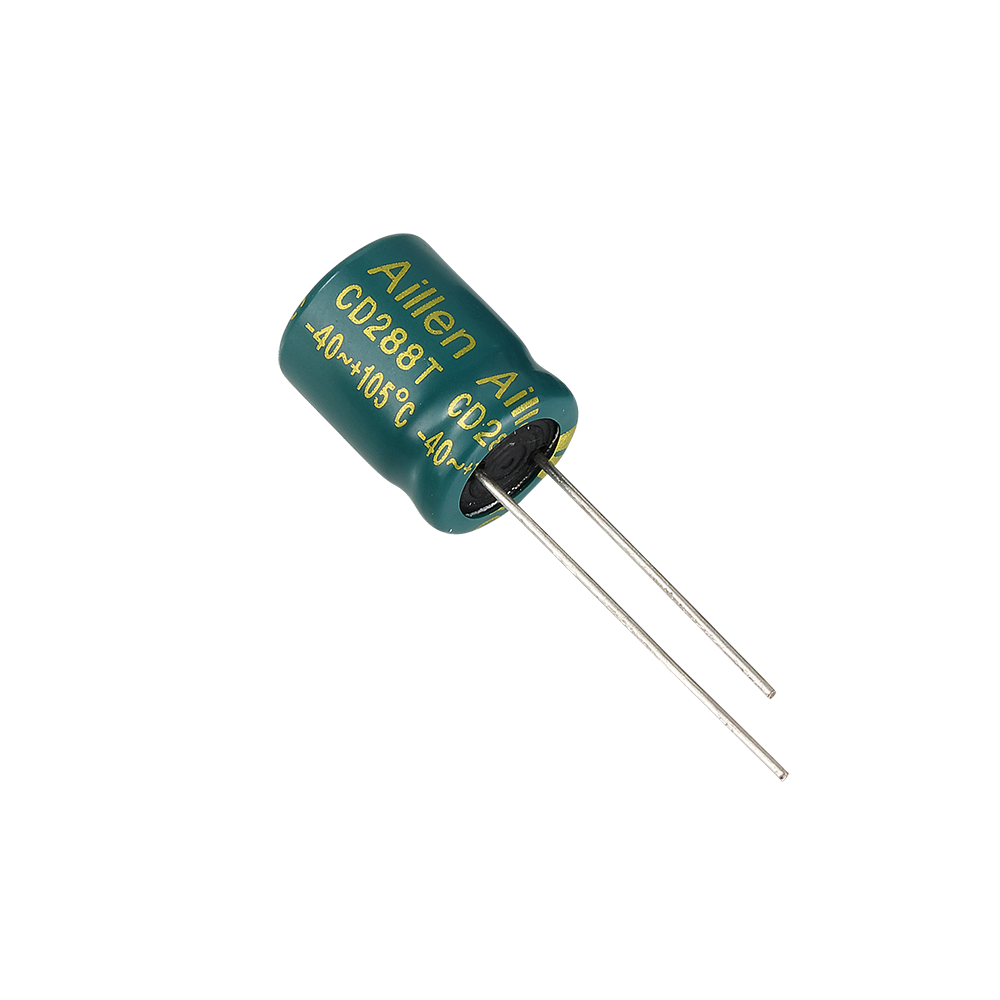
|
CD288T | 105℃ Low impedance Product | CD288T | Application Guide | |||||
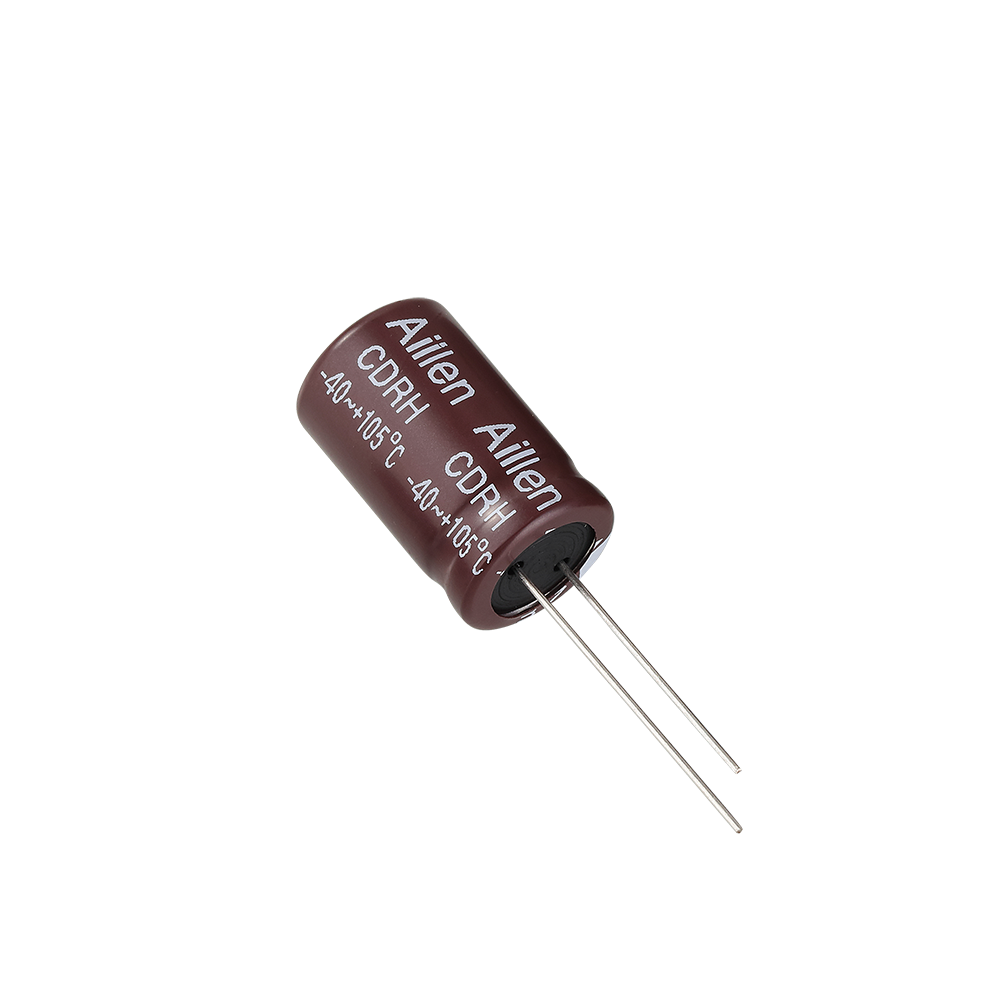
|
CBE127M2CHRHG35RRA | 105 degree high pressure, high ripple, ultra long life products. | CDRH | Application Guide | |||||
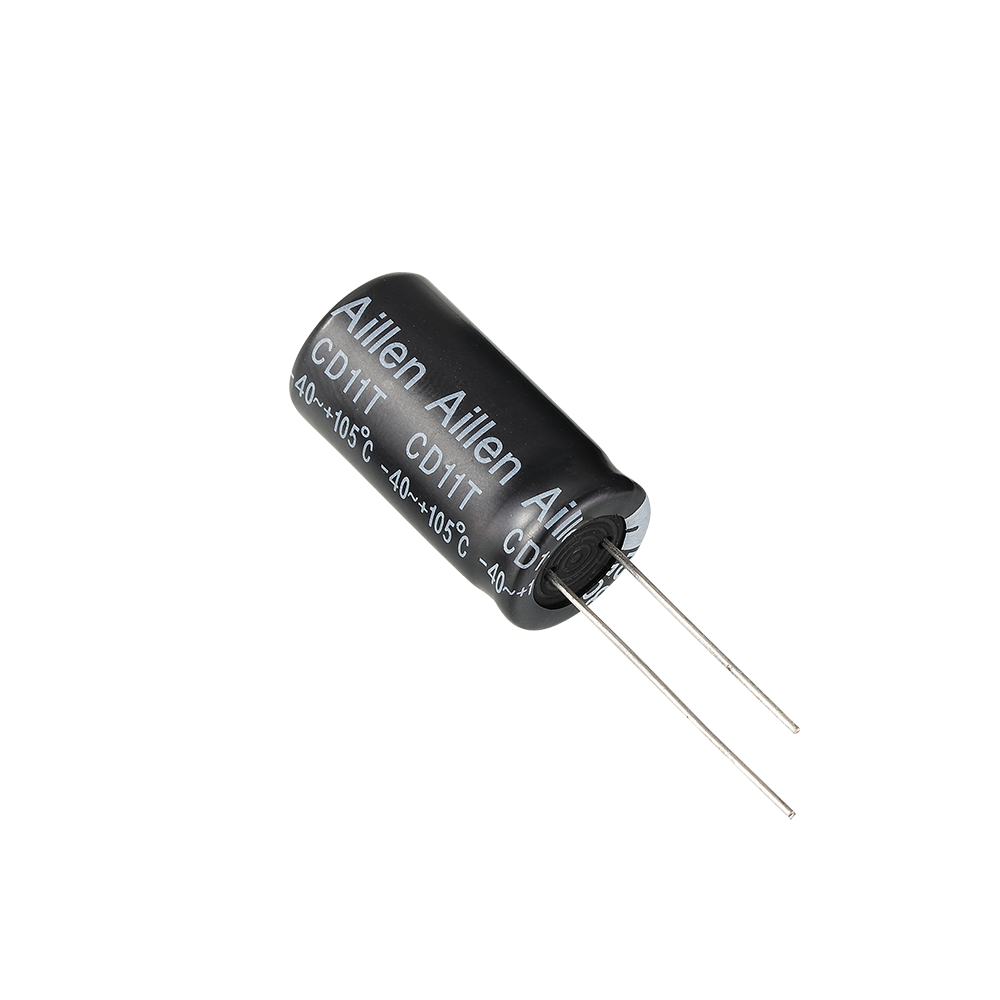
|
CD11T | 105℃ Standard Product |
|
CD11T | Application Guide | ||||
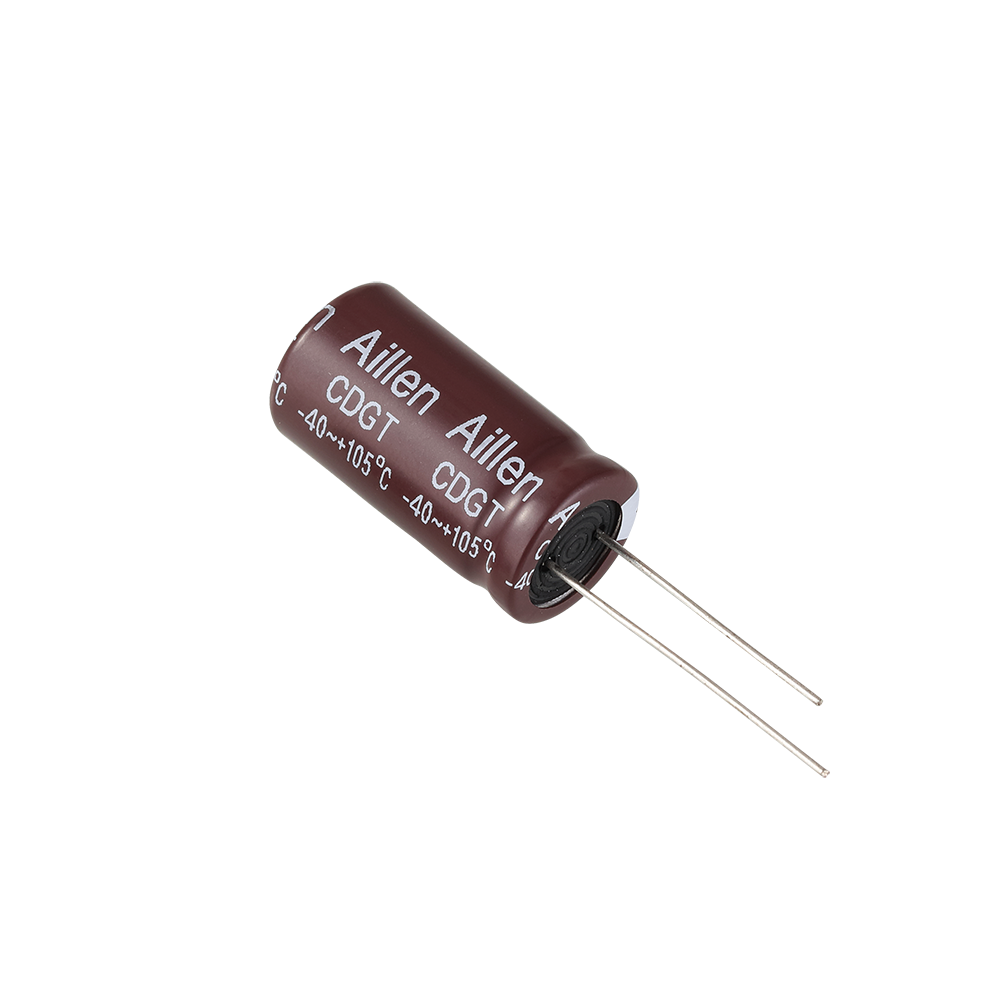
|
CDGT | 105℃ Low impedance Longest Life Product |
|
CDGT | Application Guide | ||||
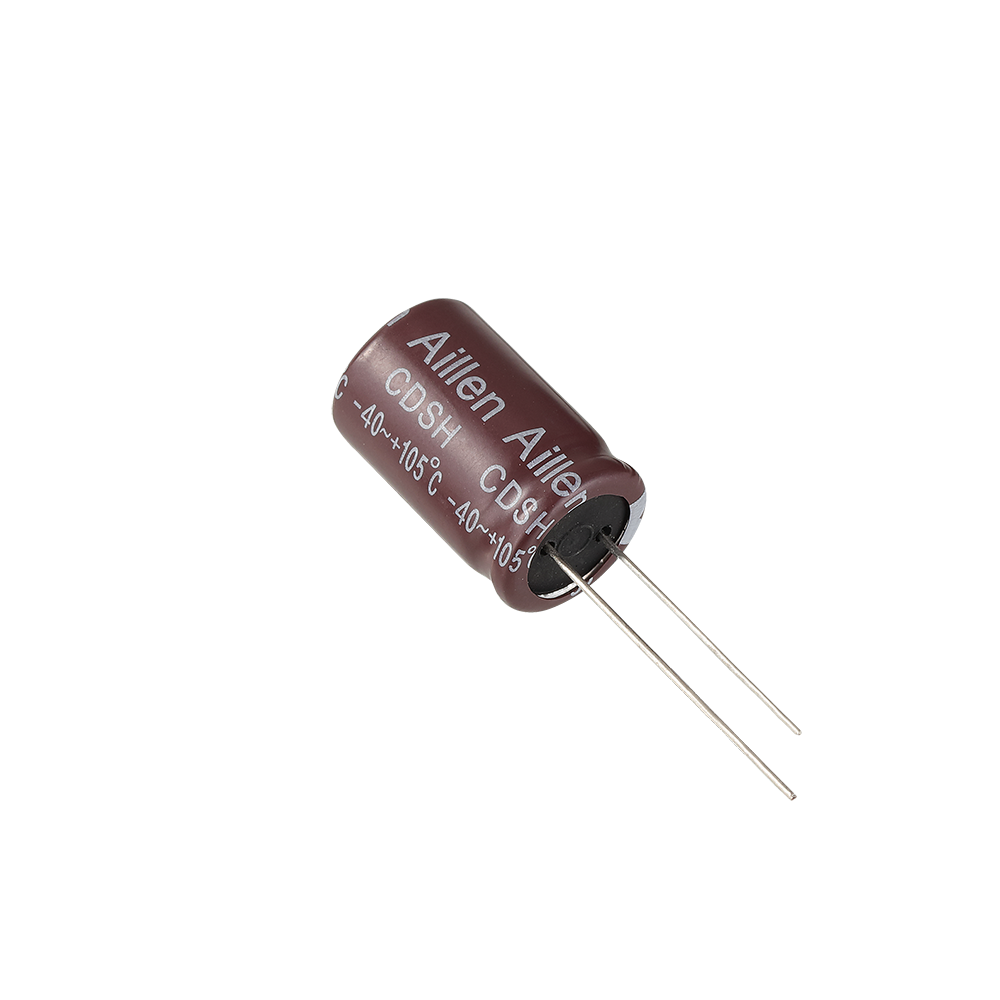
|
CDSH | 105℃ Highest Ripple Current Lower impedance Product |
|
CDSH | Application Guide | ||||
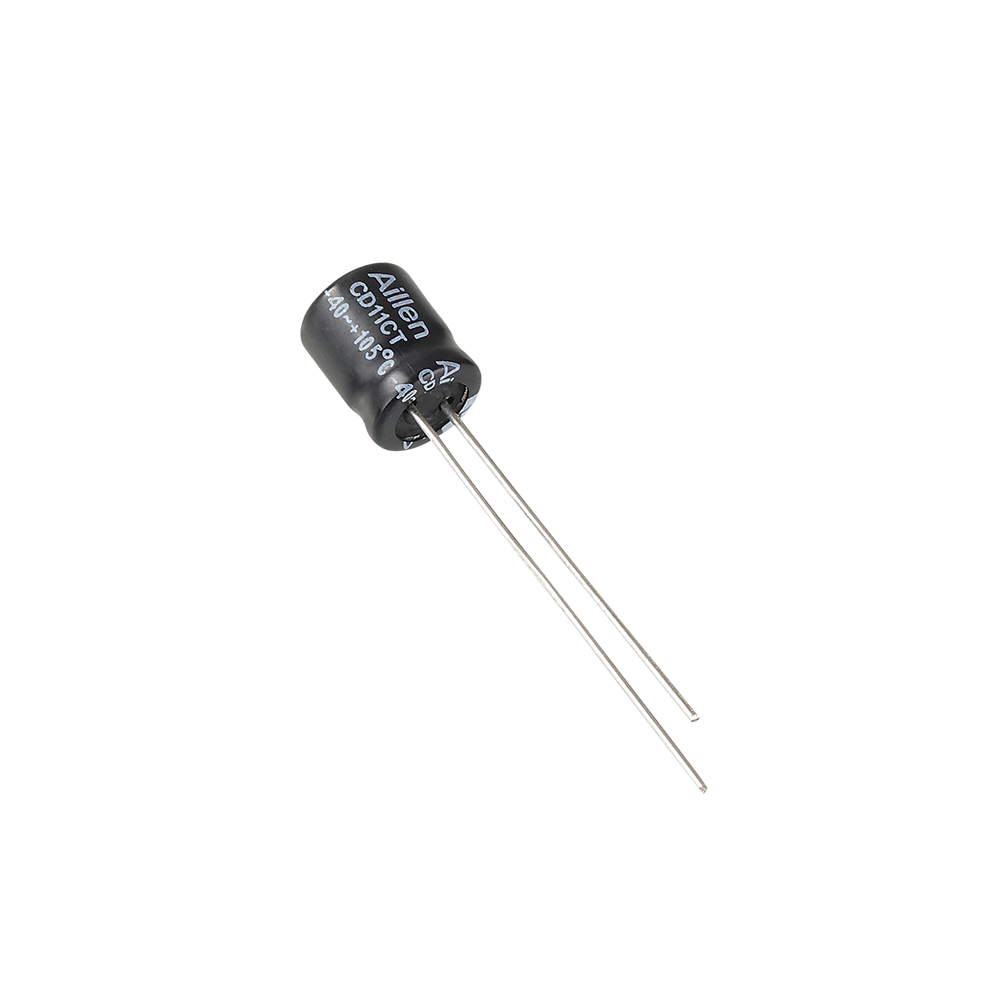
|
CBE227M0JHC1D07RR1 | 7mmL105℃ Standard Product | CD11CT | Application Guide | |||||
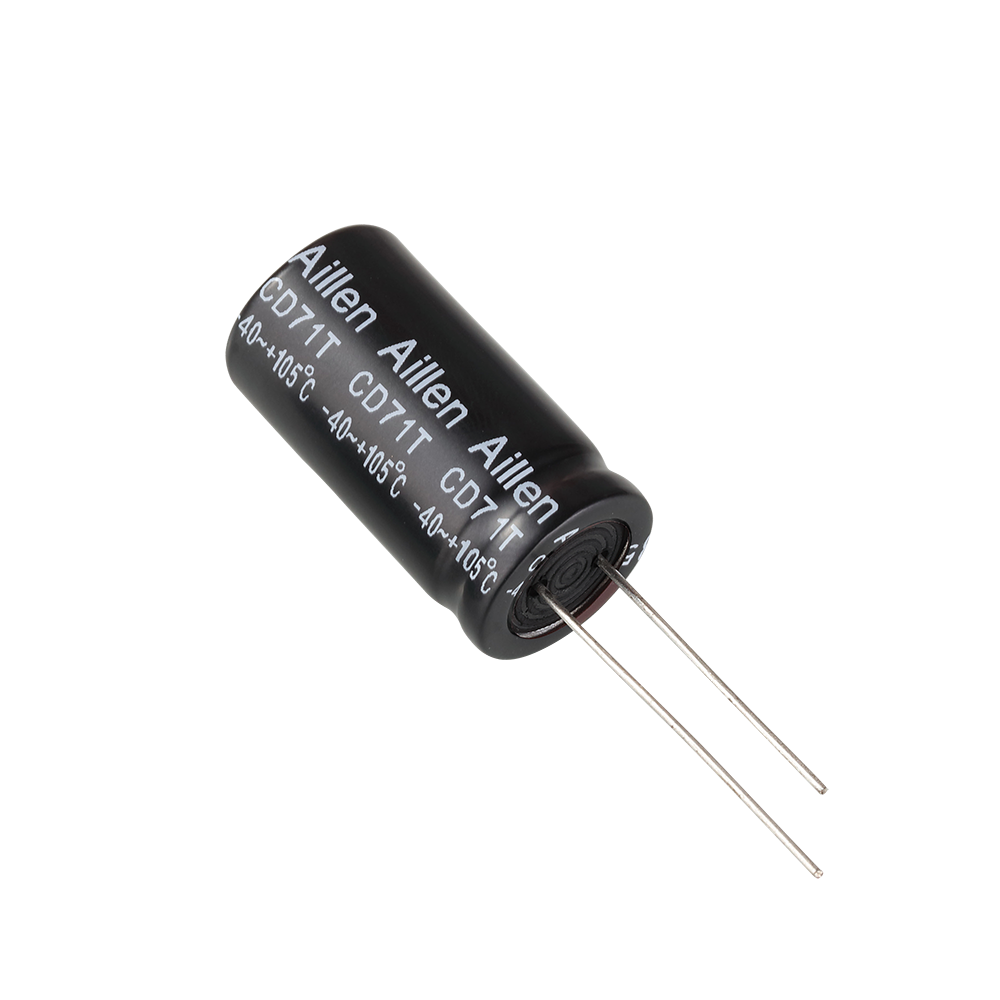
|
CD71T | 105℃ Bippolar Product |
|
CD71T | Application Guide | ||||
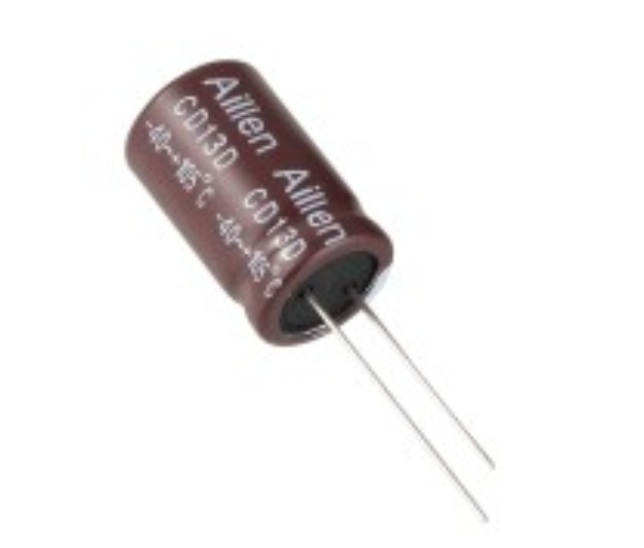
|
CD13D | High temperature,high ripple products |
|
CD13D | Application Guide | ||||
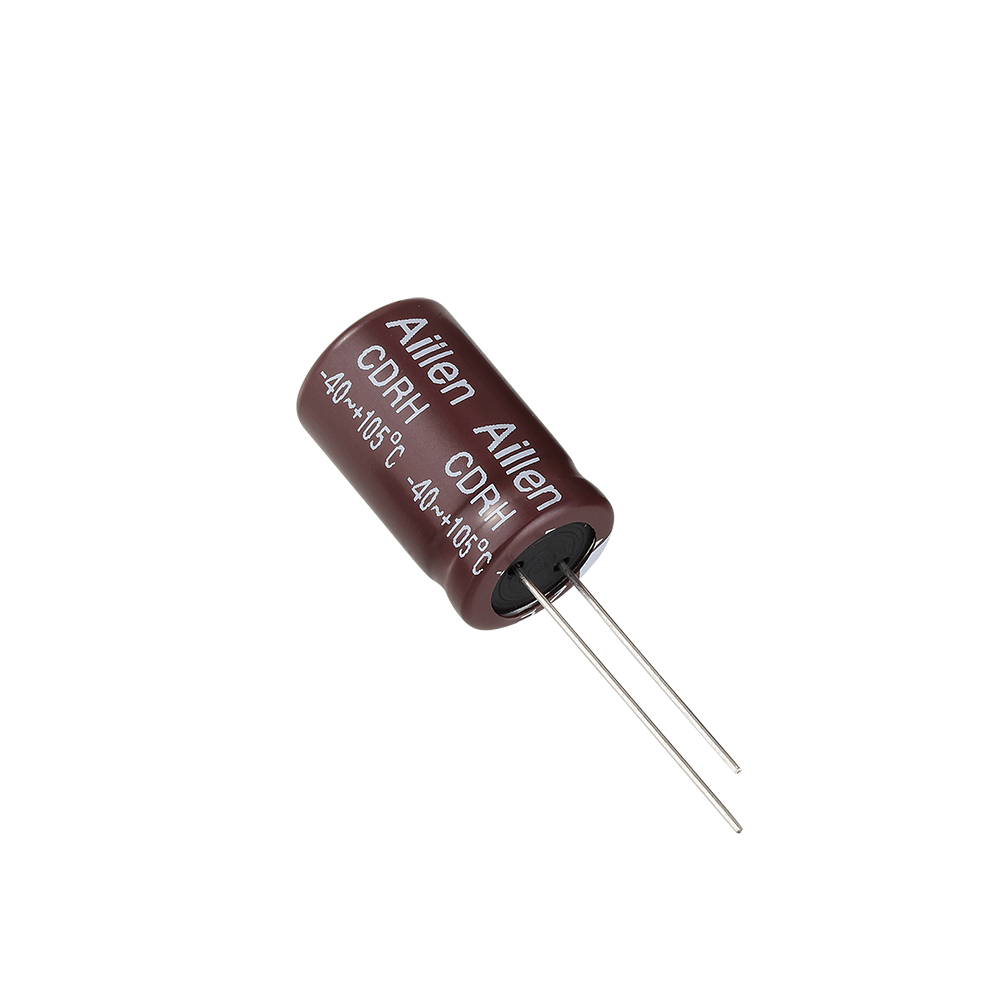
|
CBE686M2GHRHL25T7 | 105 degree high pressure, high ripple, ultra long life products. | CDRH | Application Guide | |||||
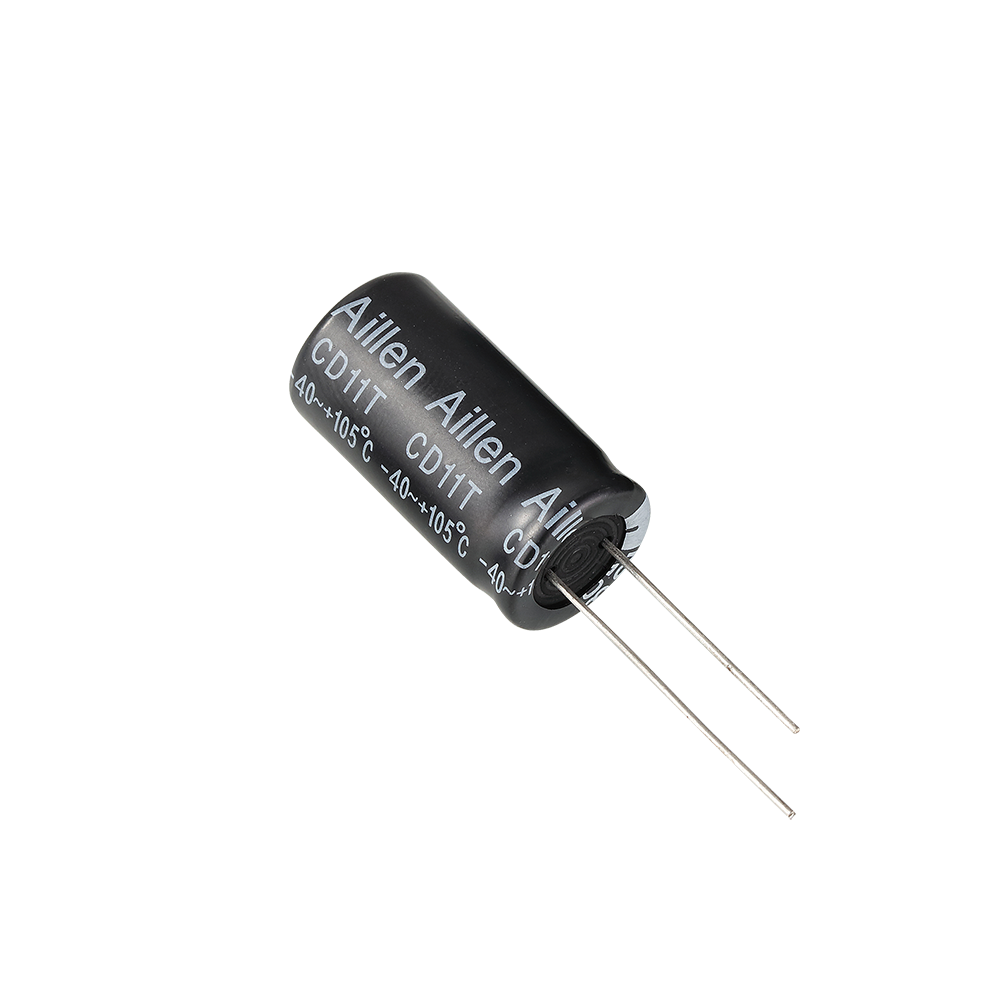
|
CBE228M1VH1TK20CB6 | 105℃ Standard Product | CD11T | Application Guide | |||||
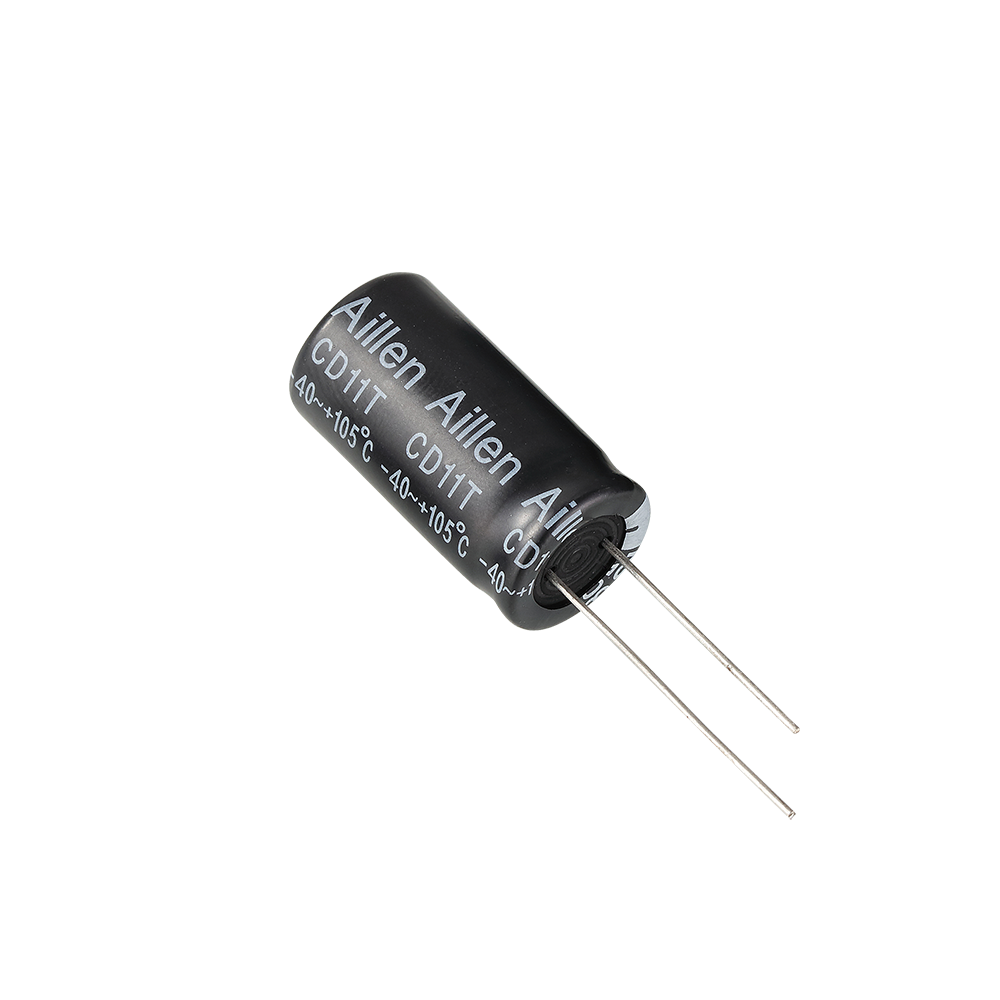
|
CBE477M1VH1TF20TK | 105℃ Standard Product | CD11T | Application Guide | |||||
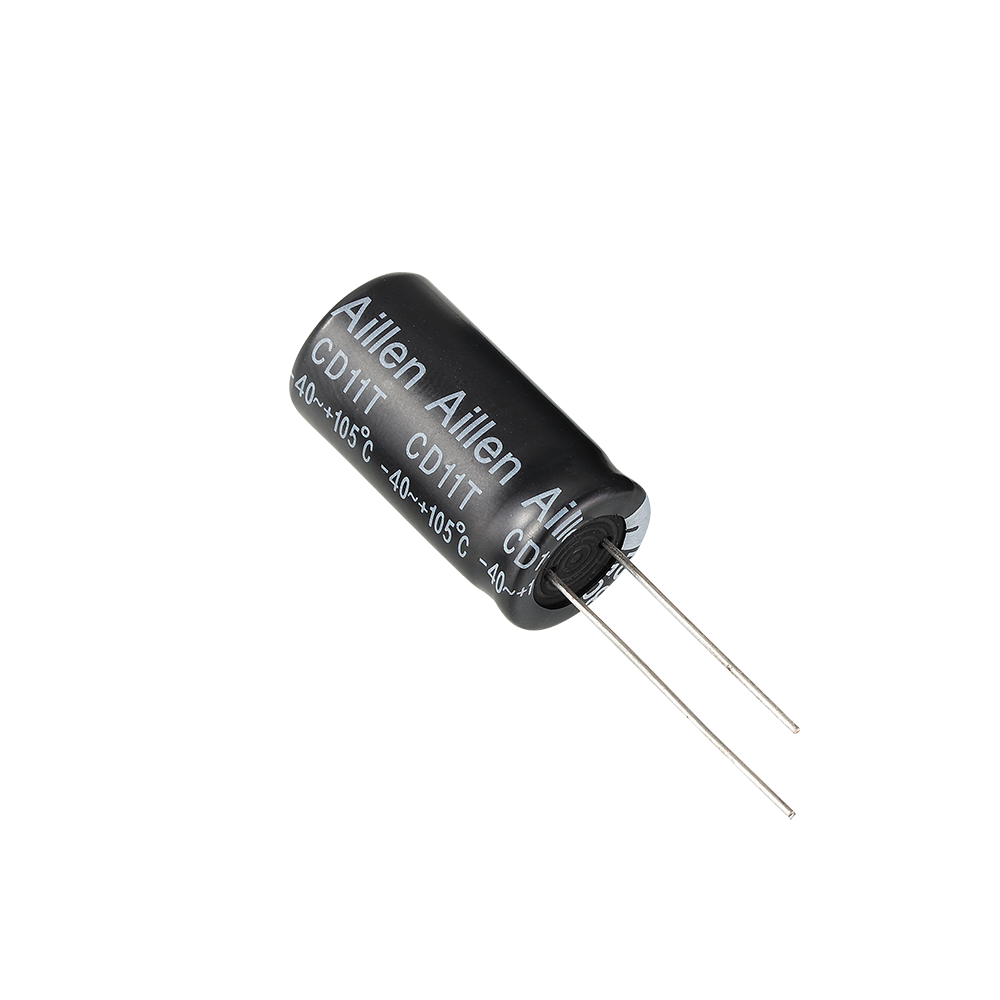
|
CBE688M1EH1TK30P5 | 105℃ Standard Product | CD11T | Application Guide |
Capacitors are passive components used for rectification, coupling, and tuning in nearly all circuits. Also known as a capacitor, a capacitor is just two electrical conductors separated by an insulating layer called a dielectric. Conductors are usually thin layers of aluminum foil, while dielectrics can be made from a variety of materials, including paper, mylar, polypropylene, ceramic, mica, and even air. Electrolytic capacitors have an alumina dielectric formed by applying a voltage after the capacitor is assembled. The properties of different capacitors depend not only on the materials used for the conductors and dielectrics, but also on the thickness and physical spacing of the components.
Capacitors are used to store charges and release them when the circuit needs them. They also block any direct current while allowing alternating current to pass through.
They can be used in electronic circuits to perform different tasks including filtering, bypassing and smoothing frequencies.
There are six common different types of capacitors. these are:
Electrolytic capacitors
These capacitors are used when larger capacitor values are required. There is a thin metal membrane for one electrode and then a semi-liquid electrolyte solution for the cathode.
Mica capacitors
There are two types of mica capacitors - clamp capacitors and silver mica capacitors. Mica capacitors have low losses and are often used at high frequencies. The most common of these types of capacitors are made from muscovite and phlogopite, with muscovite being the preferred choice for electrical properties and the latter having higher temperature resistance.
paper capacitor
Paper capacitors are made between two sheets of tin foil that are separated from the paper. The paper is then rolled into a cylindrical shape and closed with a plastic capsule at each end. The capacitance range of these capacitors is 0.001 - 2.000 microfarads.
Film capacitors
These capacitors use thin films, which are sometimes metallized during manufacture depending on the characteristics of the capacitor. These can be made from polyester film, polypropylene film, metallized film, polystyrene film and teflon film. PTFE film capacitors are often used due to their heat-resistant properties and excel in aerospace technology.
Non-polar capacitors
These capacitors are classified as plastic foil capacitors or electrolytic non-polar capacitors. Non-polar capacitor types require AC applications in parallel with the signal or power supply to function properly.
ceramic capacitor
Ceramic materials are used as the dielectric for these capacitors and were one of the first materials used to produce capacitors as insulators. The two types of ceramic capacitors are multilayer ceramic capacitors (MLCCs) and ceramic disc capacitors.
Where can you use capacitors?
Capacitors in circuits have a variety of uses, which means they can be used in an almost endless variety of different devices and products.
The most recognized place to look for capacitors is inside your phone's camera flash. The capacitor is charged by the current, which then allows the flash to work. You can also find capacitors in the radio's tuning dial to help find the correct frequency and prevent speakers from overloading and exploding. Timers that use steady beeps or flashes also use capacitors to accomplish this.
At Aillen, we are committed to providing you with the right consumables at competitive prices. No matter what project or job you need your capacitors for, you can be sure that the products we sell meet industry standards and are tried and tested. We only provide the highest quality products for your mission.
For quality capacitors, shop at Aillen. If you have any concerns or questions about our services and products, please contact us. Looking for tips or advice? Head to our Expert Center to find expertise designed to simplify your work.
Read More